Fieldwork
This listing expired on December 31, 2023. Please contact bhfs.admissions@gmail.com for any updated information.
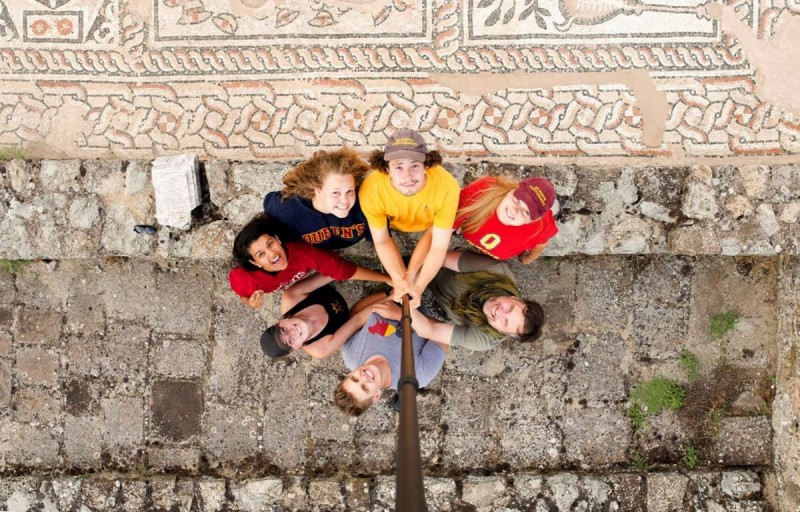
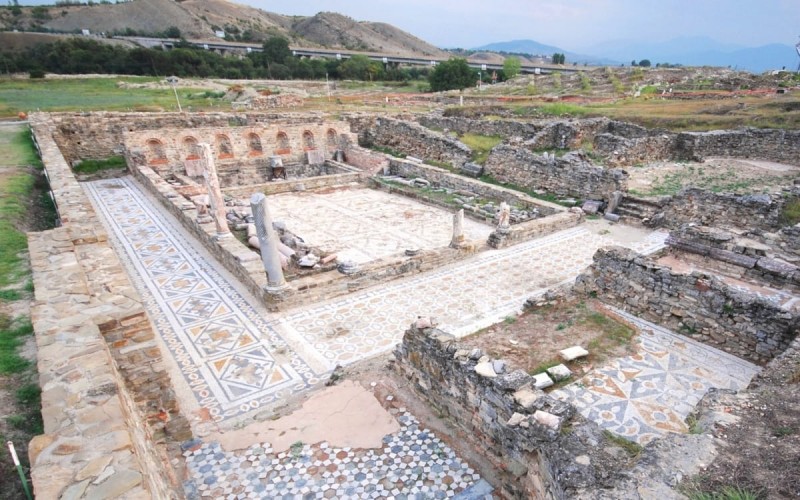
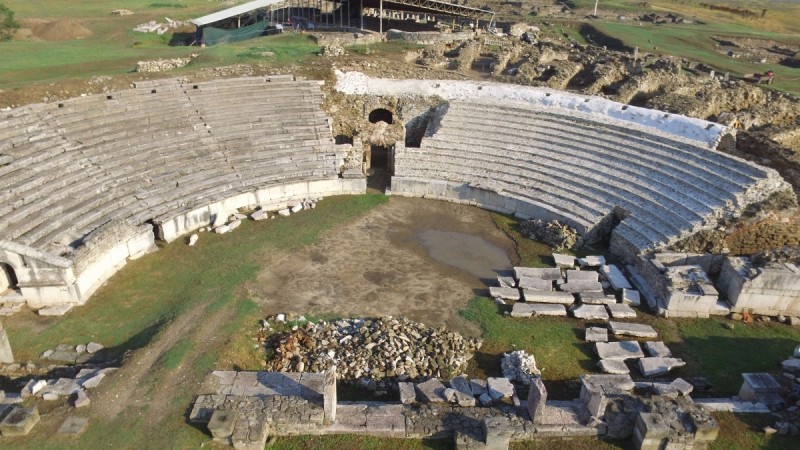
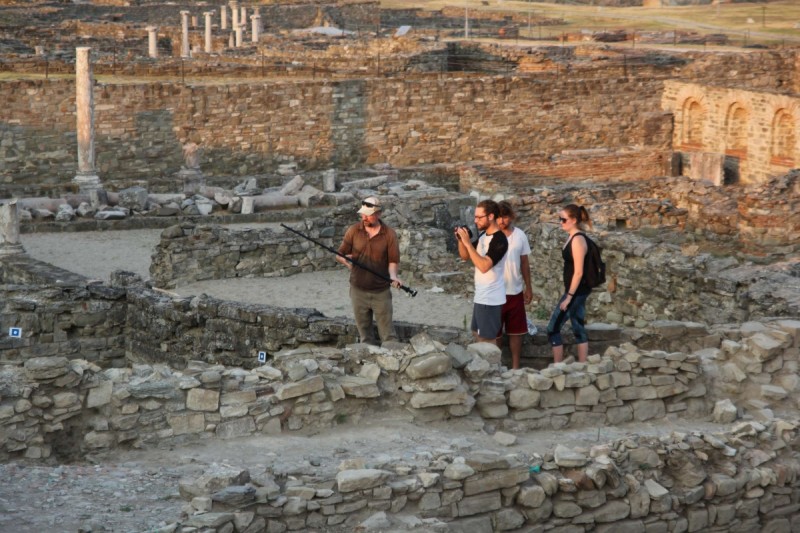
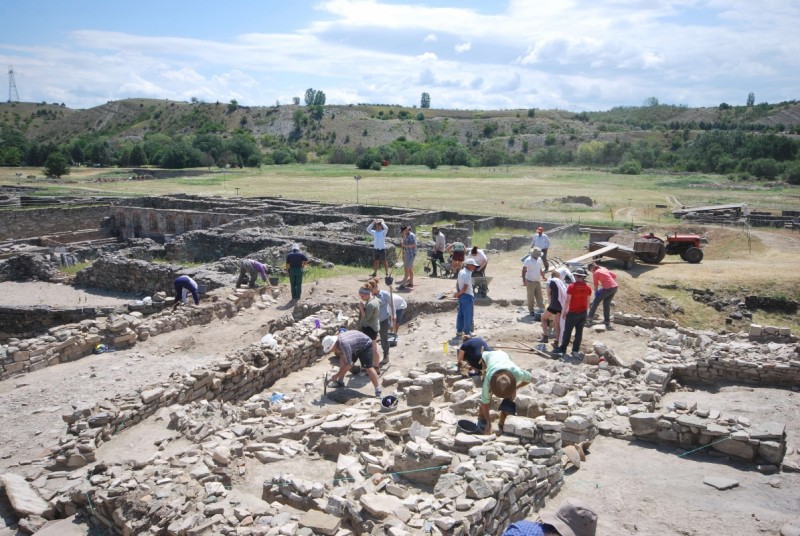
Location: A1, North Macedonia
Season: June 23, 2024 to July 20, 2024
Session Dates: 23 June - 20 July, 2024
Application Deadline: May 24, 2023
Deadline Type: Rolling
Website: https://www.bhfieldschool.org/program/stobi-archaeological-excavations
Discount for AIA members: 5% discount off the regular admission fee
Program Type:
Field School
RPA Certified:
No
Affiliation:
Balkan Heritage Foundation (BHF), Bulgaria;
National Institution Stobi, Republic of North Macedonia;
Department of Geography and Planning of Queens University, Canada
New Bulgarian University, Bulgaria.
Project Director:
Dig directors: Dr Silvana Blazevska (archaeologist at National Institution Stobi) and Goce Pavlovski (archaeologist at National Institution Stobi, PhD Candidate in Archaeology)
Field school coordinators: Angela Pencheva (Balkan Heritage Foundation & Field School Program Director, PhD in Classical Archaeology) & Matthew Schueller (BHF affiliated archaeologist; visiting Asst. Prof. at William and Mary, USA); Goce Pavlovski (archaeologist, NI Stobi, PhD Candidate in Archaeology);
Visiting professor: George A. Bevan (PhD), Associate Professor, Department of Geography & Planning, Queen's University, Canada.
Project Description:
The ancient city of Stobi was the largest city in the northern part of the Roman province Macedonia, later capital of the province Macedonia Secunda and important urban, administrative, trade and religious center during the Roman and Late Roman periods. Located at an exceptionally significant position, at the intersection of the two main roads, north-south road (Thessalonica-Stobi-Signidunum) and the diagonal road (Heraclea-Stobi-Serdica), the town possessed all preconditions for greater rise and development.
First historical records for Stobi are found in Roman historian Titus Livus, who recorded the Paionian urbs vetus Stobi as а place close to the battleground where Macedonian King Philip V defeated the Dardanians in 197 BCE.The same author reveals that in the period after 168 BCE, when the Romans conquered the Macedonian kingdom, Stobi entered the fourth meris, and became a trade center from where salt was distributed to the north, to Dardania. When the Roman province of Macedonia was established in 147 BCE, Stobi was the largest city in the northern part.
Periods of excavations:
For more than a century the ancient city of Stobi has been attracting scientists from all over the world to reveal its secrets.
The first reported excavations were begun during the World War I by German officers and the archaeologist Hald and later on Krischen;
1923 to 1940 – Excavations, directed by Balduin Saria and R. Eger, Kj. Truhelka, V. Petkovic, J. Petrovic, Dj. Mano-Zissi – the Belgrade National Museum;
1955 to 1969 – Excavations carried out by the Archaeological Museum of Skopje and the Agency for Protection of Monuments of Culture, Macedonia;
1970 to 1980 – Excavations, directed by Dj. Mano-Zissi and J. Wiseman – the Museum of Veles, Macedonia, University of Austin, Texas, and later Boston University – both from USA.
1992 to 1995 – rescue excavations by the Agency for Protection of Monuments of Culture, Macedonia;
The National Institution Stobi (NI Stobi) was founded in December 2008 as an independent governmental institution under the Ministry of Culture. The large-scale excavations conducted by S. Blazhevska (NI Stobi) began in 2009. Until 2024 numerous archaeological and conservation projects were successfully finalized (for more information, see: www.stobi.mk).
Period(s) of Occupation: Hellenistic, Roman, Late Roman (2nd century BCE - 6th century CE)
Notes:
Major field school topics/activities: archaeological field techniques and methods for excavation and documentation in regard to specifics of excavation of Roman and Late Roman urban site; course on photogrammetry and 3D archaeological recording and modelling in collaboration with Queen's University, Canada; finds processing; as well as excursions to significant heritage sites in Republic of North Macedonia and Greece.
Project Size: 1-24 participants
Minimum Length of Stay for Volunteers: Four weeks
Minimum Age: 18
Experience Required: No experience is required. The participants should have medical insurance including COVID-19 treatment and repatriation. The participants should inform the project staff about any health issues, allergies, and food preferences.
Room and Board Arrangements:
Accommodation: Participants will be accommodated in the recently renovated air-conditioned cabins at the archaeological base next to the ancient ruins of Stobi, in rooms with two to three beds. Every cabin has 4 bedrooms and living room, 2 bathrooms with showers and WC. A washing machine and Wi-Fi are available for free at the site.
Meals: Three meals (fresh, homemade food) per day are covered by the reimbursement payment. They usually take place (except for the lunch packages during the excursions) at the base's premises. Requests for vegetarian food are accepted. Specialized diets (vegan, kosher, gluten-free etc.) are difficult to maintain in this location.
Participants must pay on their own for extra meals, beverages, services and products. There is no option for single room accommodation at Stobi.
Academic Credit:
New Bulgarian University grants 9 ECTS credits for attending the field school. Transcripts of Records (ToR) are available upon request for an additional tuition fee
Queen's University students: 6.0 credits is available through Queen's University.
Balkan Heritage Foundation
7 Tulovo St., Floor 4, Apt. 6
Sofia
Sofia
1504
Bulgaria
Phone: +359 988 250 901; +359 898 681 366 (both available on WhatsApp)
The AIA is North America's largest and oldest nonprofit organization dedicated to archaeology. The Institute advances awareness, education, fieldwork, preservation, publication, and research of archaeological sites and cultural heritage throughout the world. Your contribution makes a difference.